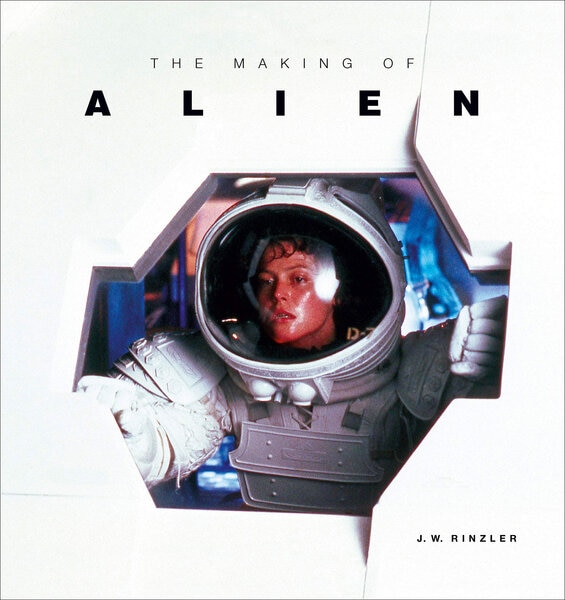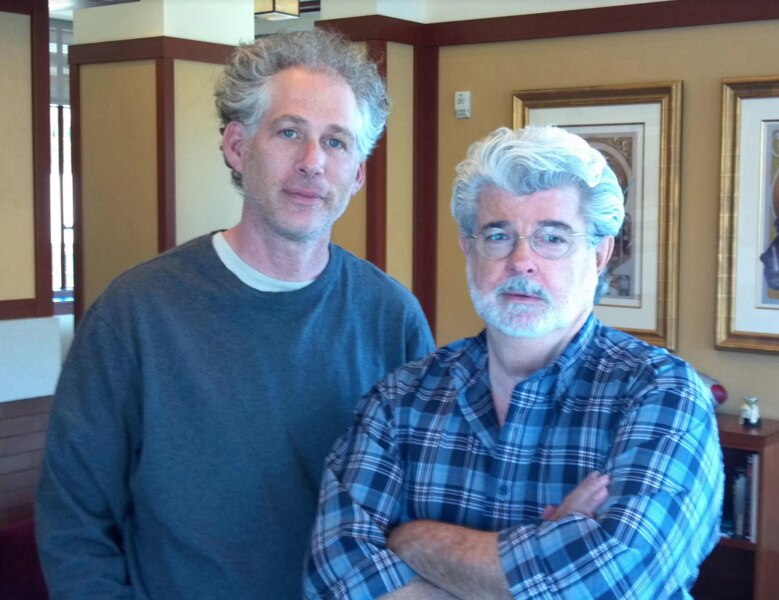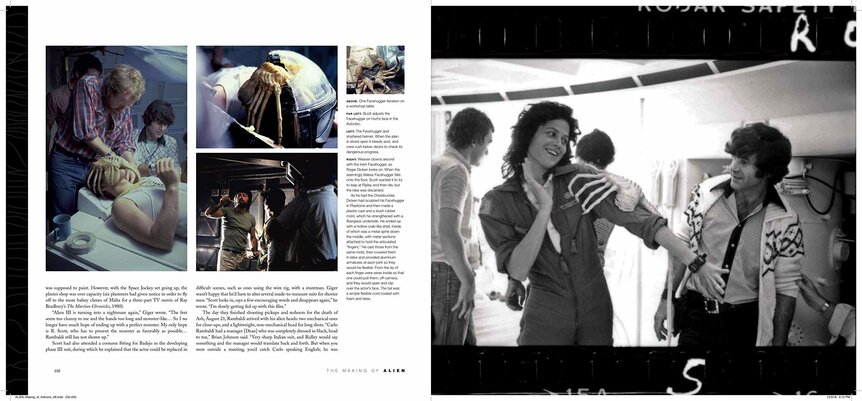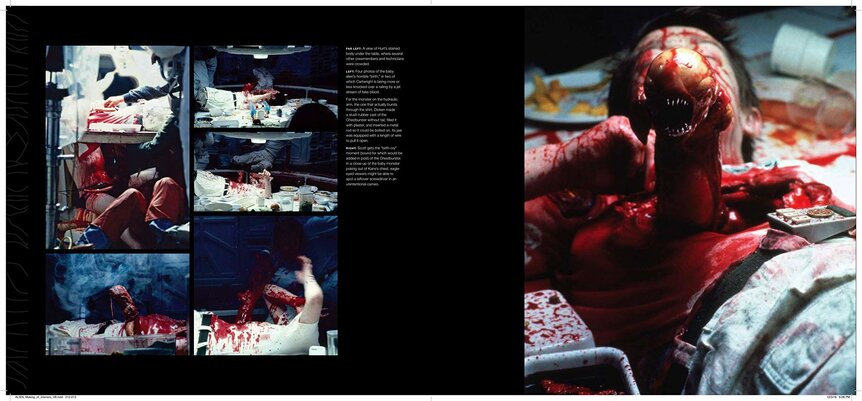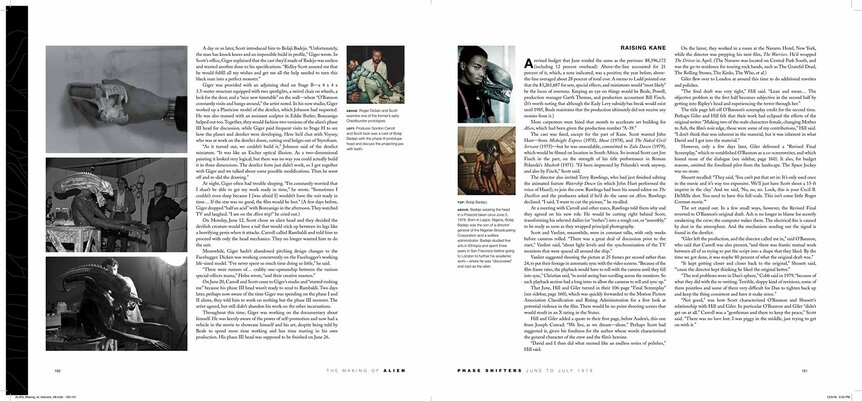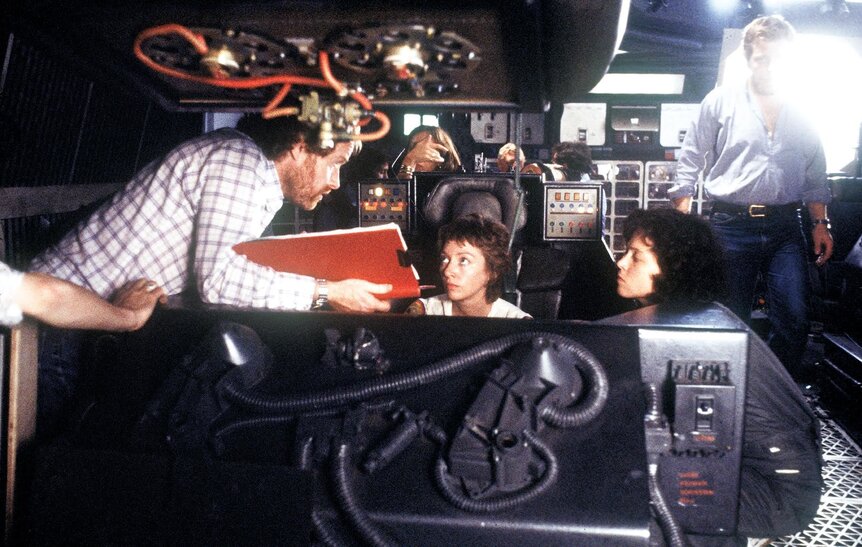Create a free profile to get unlimited access to exclusive videos, sweepstakes, and more!
Go inside The Making of Alien for the film's 40th anniversary with author J.W. Rinzler
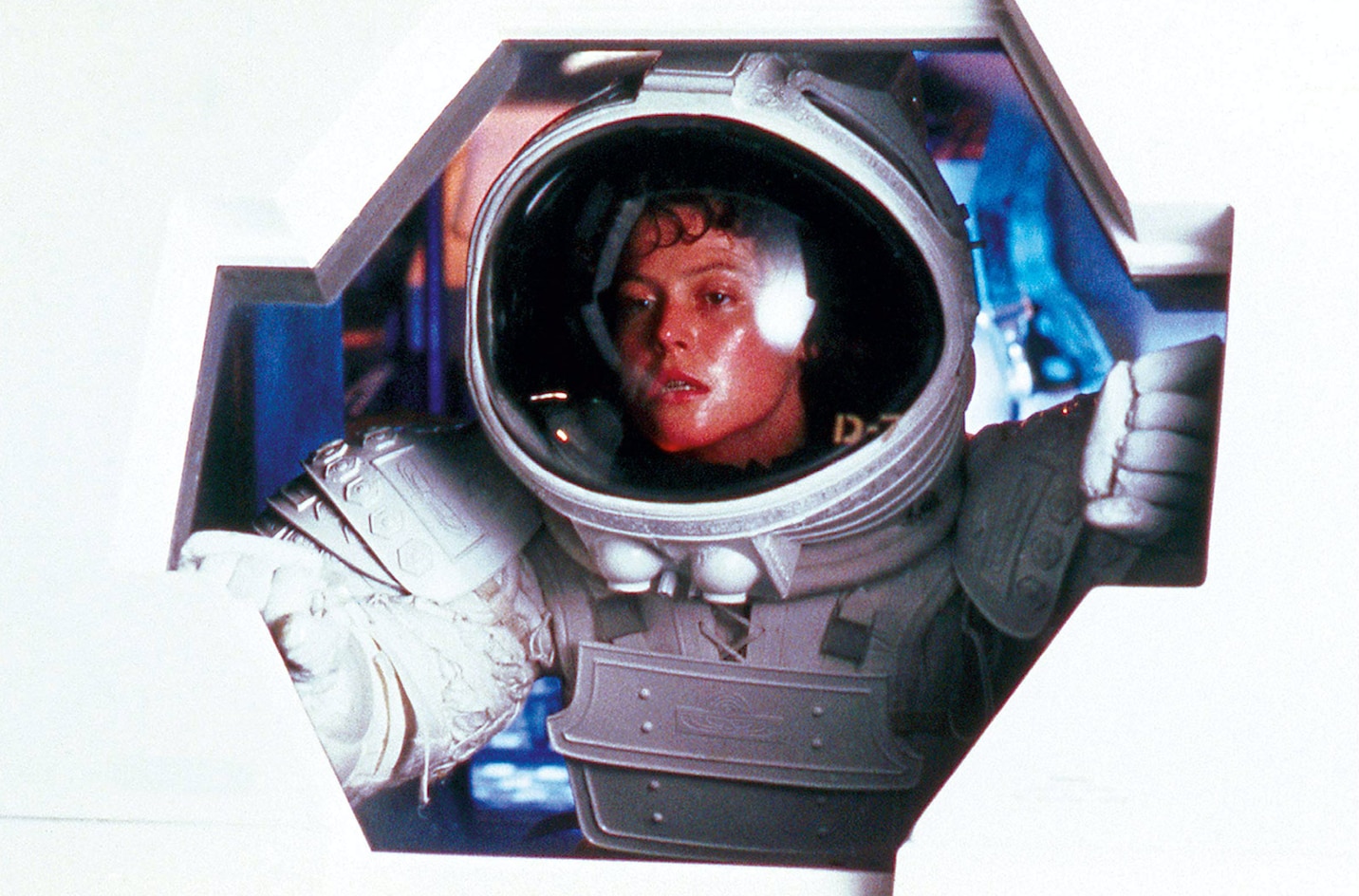
Even four decades later, Alien still evokes scares from audiences, even if nobody can hear them scream in space. Ridley Scott's 1979 masterpiece of genre filmmaking is celebrating its 40th anniversary, and to commemorate the day the facehugger first leaped out of its egg and horrifyingly latched onto a hapless victim's helmet, Titan Books is releasing The Making of Alien, a comprehensive examination of Alien's evolution from page to screen.
The book, which hits shelves on July 23, was written by former Lucasfilm editor and bestselling author J.W. Rinzler, who has some experience chronicling the making of iconic sci-fi films, as he also wrote The Making of Star Wars. This latest cinematic dissection tells the fascinating story of how Alien germinated from screenwriter Dan O'Bannon's simple extraterrestrial stowaway idea into one of the most indelible works of scare cinema ever produced.
Titan's immersive 336-page volume is packed with brand-new interviews with Ridley Scott and other instrumental crew members and showcases many rarely seen photographs, BTS stills, blueprints, storyboards, and H.R. Giger's art from the 20th Century Fox archives, as well as sections on the impressive set design, composer Jerry Goldsmith's sinister score, and the SFX team's Academy Award-winning visual effects.
SYFY WIRE spoke with Rinzler on his journey dipping into the studio archives, honoring the franchise's ongoing legacy, memories of seeing the seminal film when it premiered, and what elements of the xenomorph chill his blood the most.
Do you recall your first viewing of Alien, and what were the lingering effects?
J.W. RINZLER: I saw it when it opened in ’79. It had to have been in Berkeley somewhere, and I remember it scared the hell out of me and everybody in the audience. When the chestburster came out, it was one of those moments that scared the hell out of a generation. In researching the book, I found old newspaper articles where kids who weren’t old enough to see an R-rated movie, they’d sneak in, and it became a badge of honor if you made it through the movie because it was considered so terrifying.
What made you the perfect person for this 40th-anniversary retrospective, and how did you get the gig?
At Lucasfilm, I was there for about 15 years and did over a dozen books, and also the "Making Of" projects on the Star Wars trilogy. I started doing books together with my old boss, Carol Roeder, who went to Fox after George (Lucas) sold the company to Disney in 2012 and I went freelance. The first one we did was The Making of Planet of the Apes. A Fox production executive named Steve Asbell, who’s good friends with Ridley Scott -- they did The Martian together -- said Ridley has all these amazing stories and it would be great to put them in a book for Alien's 40th anniversary, and I said yes. It was not a difficult decision.
How did you dive into the research process, and what materials did you have access to?
I went down and looked at the archives at Fox, and Ridley Scott sent us a complete set of storyboards he'd done, plus a bunch of other storyboards and odds and ends, which were hugely helpful in terms of the design and understanding why those storyboards were so important. Alien was budgeted at around $4.2 million, which wasn’t enough to make it. It was close to being canceled a few times, and even when Ridley signed on it wasn't a sure thing. Then he did this incredible set of storyboards and showed them to Alan Ladd at Fox, and they were so impressed by his vision and presentation that they doubled the budget, which was pretty much unheard of then!
What were some of the more interesting or surprising things you discovered?
At Fox, there were the legal files, production archives, PR, and then there were the image archives. I got to look at the blueprints and had them scanned for my book. I met with Ridley Scott and interviewed him for a couple hours. Ron Cobb sent me a few spaceship and interior design images. Charles de Lauzirika — the guy that did the Alien Anthology Blu-ray — was hugely helpful and sent a bunch of images over to me.
Also, it was interesting that during Sigourney Weaver’s screen test, Alan Ladd brought in all the women at the London offices and asked what they thought of her, and someone said she reminded her of Jane Fonda. And it may have been that comment that helped get Weaver the part.
Do you have a favorite section or chapter of the new book?
It’s great just to learn the story behind these classic movies. One of the things I liked was learning about Alien's whole "used universe" thing. Roger Christian, a friend of mine, did Star Wars and then did Alien, one of the greatest back-to-back Hollywood design accomplishments ever. Half of it was actually Ridley Scott's love and interest of 2001: A Space Odyssey. You’ll see in the book, one spread showing a corridor that looks like it’s from 2001 and another that looks like it's Star Wars, and they're both in Alien. The kitchen and hyper-sleep area are all 2001-inspired.
What aspect of the xenomorph creature do you find most unsettling?
I think the fact that it's this perverted male pregnancy and male rape, and Dan O’Bannon talked about that a few times. He wanted to put the male in the traditional place for a female of being attacked by the monster, and decided to have Kane impregnated and have this horrible birth. That to me is the most lasting and terrifying part of the movie. And he admits that he got the idea from a comic book in the early '70s. It had been done before, but never so well. You can write the greatest script ever, but unless you have a director with the vision to complete it, you’re nowhere. Ridley Scott and his crew did such an incredible job.
How instrumental were H.R Giger's sexually charged biomechanical designs to Alien's legacy and success?
Giger was key, and I'm not sure Ridley would have even signed on, because he was very skeptical. Sci-fi was considered lowbrow, particularly in England. It was one step above porno films. Then 2001 came out and he started taking it more seriously, then Star Wars came out and he took it very seriously. But he still didn't know how to get around a guy in a rubber suit. And it was only when Dan O'Bannon showed him the Giger book that he thought, "Okay, maybe there is a way." They all flew out with David Giler to Switzerland to get Giger for this movie. He was an amazing character and clearly did some very disturbing artwork.
All images taken from The Making of Alien by J.W. Rinzler, published by Titan Books. Alien ™ & © 1979, 2019 Twentieth Century Fox Film Corporation. All rights reserved.
